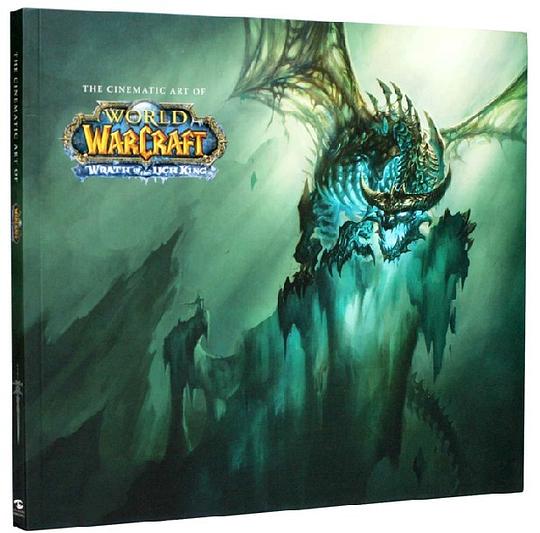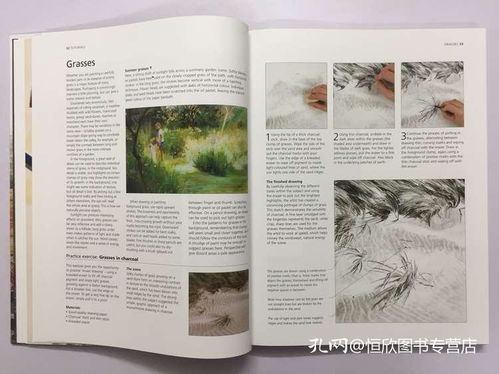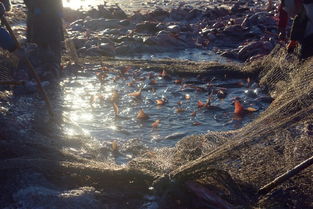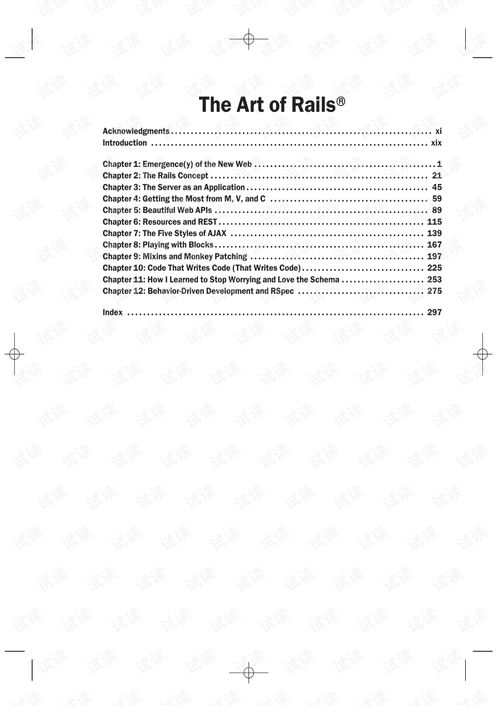Content:
Raft pole fishing, a serene and rewarding pastime, offers anglers the chance to unwind and enjoy the tranquility of the water. However, many beginners often find themselves struggling to catch fish without the right technique. If you're one of those anglers who has tried raft pole fishing but feels like you're not making the most of your time on the water, fear not. This article is designed to guide you through the basics of raft pole fishing, even if you're starting from scratch. Here's how to get started and improve your chances of success without needing advanced fishing techniques.
Understanding Raft Pole Fishing
Raft pole fishing is a type of fishing where the angler sits in a small raft or boat and uses a long pole to cast and retrieve bait. It's a popular method for catching fish in calm waters like lakes, rivers, and ponds. The beauty of raft pole fishing lies in its simplicity and the ability to fish from a stationary position, making it accessible for people of all ages and skill levels.
Choosing the Right Equipment
Before you start, it's essential to have the right equipment. Here's a list of the basic gear you'll need:

- Raft or Boat: A stable raft or small boat is necessary to keep you and your equipment afloat.
- Raft Pole: Choose a pole that is long enough to reach your desired fishing spot but not so long that it becomes unwieldy.
- Reel: A basic spinning reel will suffice for raft pole fishing.
- Line: Use a monofilament line that is strong enough to handle the fish you're targeting.
- Hooks: Select hooks that are appropriate for the type of fish you want to catch.
- Bait: Choose bait that is known to attract the fish species in your area.
Setting Up Your Raft Pole
Once you have your equipment, it's time to set up your raft pole. Here's a step-by-step guide:
- Attach the Reel: Secure the reel to the end of your raft pole. Make sure it's tight and won't come loose during casting.
- Thread the Line: Run the line through the guides on the reel and attach it to the end of the line.
- Attach the Bait: Tie your bait to the hook securely. You can use a variety of knots, such as the Palomar knot or the improved clinch knot.
- Adjust the Pole: Position the pole so that it is at a comfortable angle for casting and retrieving.
Casting and Retrieving
Now that your setup is complete, it's time to start fishing. Here are some tips for casting and retrieving:
- Casting: Hold the pole with both hands and bring it back to your shoulder. Swing the pole forward with a smooth, controlled motion, releasing the line as you do so. Practice casting in different directions to get a feel for the technique.
- Retrieving: Once you've cast your bait, let it sink to the desired depth. Then, start retrieving the line by winding it back into the reel. Keep a steady pace and be patient, as fish often take a few moments to bite.
- Bait Movement: If you're not getting bites, try changing the speed and direction of your retrieve. Sometimes, a subtle twitch or a slow, steady pull can trigger a strike.
Tips for Beginners Without Technique
If you're struggling to catch fish without advanced techniques, here are some tips to help you out:
- Start with Simple Baits: Use baits that are known to attract a wide range of fish species. Worms, minnows, and corn are all great options.
- Focus on Patience: Fishing is a waiting game. Don't get discouraged if you don't catch anything right away. Fish can be unpredictable, and sometimes it takes time to find the right spot or the right time.
- Experiment with Depths: Try different depths by adjusting the weight on your line or using a bobber. Some fish like to feed near the surface, while others prefer deeper waters.
- Observe the Water: Pay attention to the water's surface. If you see fish rising or splashing, it could be a sign that they're nearby.
- Learn from Others: If possible, fish with more experienced anglers. Observing their techniques and asking for advice can be incredibly helpful.
Conclusion
Raft pole fishing can be a fulfilling activity for beginners and seasoned anglers alike. By focusing on the basics and being patient, you can improve your chances of catching fish without needing advanced techniques. Remember, the key to successful fishing is often more about understanding the fish and the environment than it is about fancy equipment or complex techniques. So, grab your gear, find a quiet spot on the water, and enjoy the tranquility of raft pole fishing. Happy fishing!












